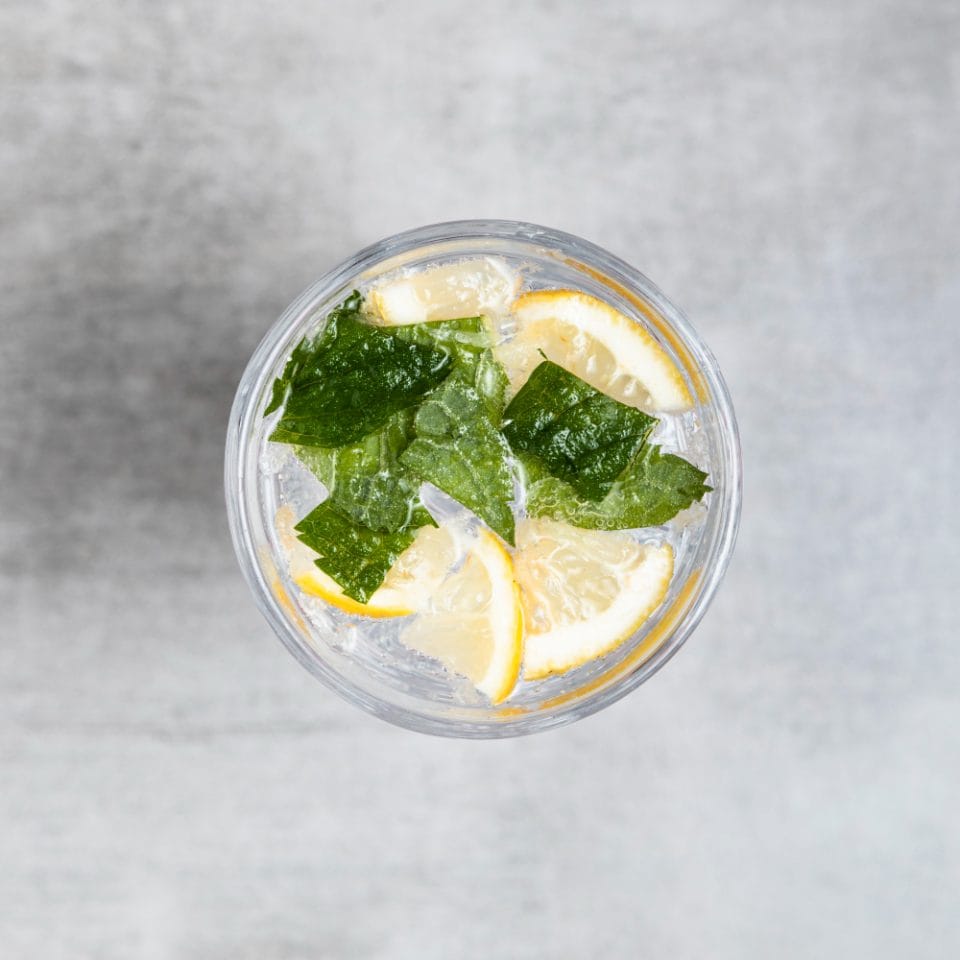There’s something oddly comforting about a gin and tonic. Crisp, cool, just bitter enough — yet the story behind it isn’t quite as soft. What started as a colonial gin tradition was, in fact, medicine. This iconic drink owes its life to bitter quinine, tropical disease, and British soldiers’ gin rations. The history of gin runs deeper than botanicals and botanist talk — it’s bound to empire, exploration, and survival. Today, though, the evolution of gin drinks feels less about cure, more about craft. And in the craft gin UK scene, modern gin and tonic recipes are rewriting the rules again.
The Origins of Gin
So, the history of gin doesn’t exactly begin in Britain. It starts in the Netherlands with a juniper-laced spirit called genever, once taken more for its health claims than its flavour. English soldiers brought the taste back during the 1600s, and from there, it spiralled. Gin grew into a household staple, thanks in part to its supposed medicinal value and government support. It wasn’t all high society and refinement, though — early gin had a rough edge. Still, its grip on the public imagination held tight, setting the stage for everything that followed.
The Rise of Tonic Water
Tonic water didn’t begin life as a mixer. It was more or less a bitter necessity. The key ingredient, quinine, came from the bark of the cinchona tree and was known for its malaria-fighting properties. The problem was, it tasted awful — properly chalky and sour. So, people started adding sugar, citrus, and bubbles to help it go down. That, in essence, is how quinine and tonic came together. Over time, what began as a grim remedy started to take on a life of its own, especially once gin entered the picture.
Colonial Influence and the Spread of Tonic
So, colonial gin traditions weren’t exactly about leisure. As the British Empire stretched into tropical regions, so too did its health crises — malaria being the worst of them. Quinine became a frontline defence, and tonic water was its palatable disguise. Soldiers, civil servants, and expatriates carried it wherever they went. As the empire expanded, so did the habit. What started in India filtered through Africa and the Caribbean. The ritual of tonic drinking turned into a cultural imprint — one that blurred the line between medicine and moment. And the gin? That came along for the ride.
How British Soldiers Combined Gin and Tonic
British soldiers didn’t just carry quinine—they had gin in their kits, too. The logic was fairly straightforward: mix the harsh tonic with gin, and you’ve got something a bit easier to swallow. Over time, this blend became more ritual than remedy. The drink offered comfort, a small pleasure during long postings far from home. So, British soldiers’ gin habits played a big part in this drink’s legacy. What began out of practicality slowly became tradition — one passed down through mess halls, colonies, and eventually, cocktail bars back home.
Quinine: The Key Ingredient in Tonic
Quinine comes from the bark of the cinchona tree — not the most glamorous origin, yet an absolutely essential one. It’s what gave tonic water its bite and, more importantly, its use against malaria. In places where the disease thrived, quinine wasn’t optional — it was survival. That bitter edge? It wasn’t for taste. It was the medicine speaking. Over the years, the dose in tonic dropped to safe, non-medicinal levels, but its place in the glass remained. Without quinine, there’d be no tonic. And without tonic, gin would’ve taken a very different path.
Health and Medicinal Myths Around Gin and Tonic
Somewhere along the way, gin and tonic picked up a reputation as a health drink — or at least, a “better” choice. People clung to the idea that a G&T could soothe digestion, fend off illness, or support circulation. There’s a bit of truth buried in that, but it’s mostly just myth. Still, the story stuck. Maybe it’s the tonic’s medicinal past or the juniper in gin, which once had herbalist approval. Whatever the reason, it gave the drink a kind of old-world respectability — even as it became more about pleasure than prevention.
From Necessity to Popularity: The Shift to Social Drink
Once malaria faded into the background of British life, the gin and tonic didn’t disappear — it just changed lanes. What had started as medicine turned into something you’d order for the taste. Post-war, gin found its way into living rooms, garden parties, and bar menus. It wasn’t just the soldiers who drank it anymore. The G&T became a social drink, light enough for lunch but sharp enough for evenings. And by then, nobody was reaching for quinine — they were after refreshment, style, and maybe a bit of nostalgia too.
Evolution of the Gin and Tonic Recipe
The gin and tonic of old looked quite different to what you’ll get today. Ratios leaned heavy on the gin, light on the fizz. Ice wasn’t always involved, and garnishes? Rarely. But tastes changed. The evolution of gin drinks brought balance, flair, and finesse. People started experimenting with citrus, herbs, spices — even floral twists. Modern gin and tonic recipes lean into contrast and creativity. It’s not just about cooling off anymore. It’s about crafting something crisp, complex, and completely yours.
Modern Interpretations and Global Variations
These days, the gin and tonic wears many faces across the world
In Spain, it’s often served balloon-glass big, with berries, botanicals, and drama. Japan brings subtlety, clarity, and seasonal notes. And in the UK? The craft gin scene has taken off — with distillers reimagining every element from the base spirit to the final flourish. The rise of craft gin UK producers means you’re no longer stuck with supermarket standards. There’s elderflower tonic, cucumber garnish, hibiscus gin — endless riffs on a very old idea. At Three Wrens, we have a range of single gin bottles that showcase such variety, yet expertly crafted and developed right here in the heart of Cheshire.
The Cultural Legacy of Gin and Tonic Today
What began as a colonial concoction has become one of the UK’s most enduring drinks. The gin and tonic holds a strange mix of past and present — born from necessity, now shaped by creativity. It’s a story of medicine turned ritual, ritual turned tradition. And Three Wrens? Our gins speak to that heritage while giving it a bold new twist. Every bottle nods to history — yet still feels fresh, local, and completely made for the moment.




